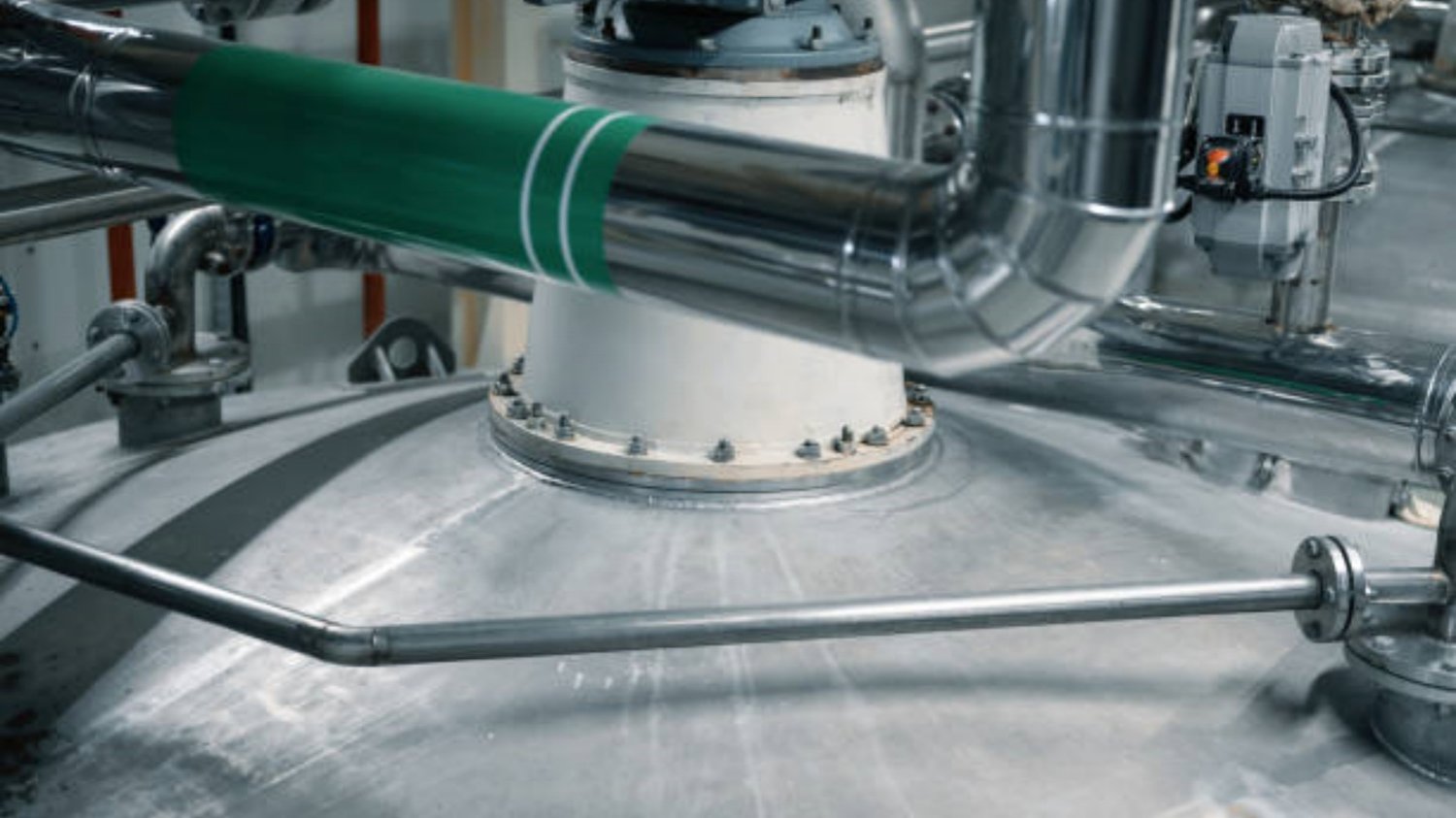The Different Types of Mixing Impellers Used for Mixing
Mixing is a crucial process in various industries, including pharmaceutical, chemical, and food. It involves combining different substances to create a homogeneous mixture. One of the key components in the mixing process is the impeller. An impeller is a rotating device that creates fluid flow and promotes efficient mixing. In this article, we will explore the different types of mixing impellers used for mixing and their respective applications.
1. Axial Flow Impellers
Axial flow impellers are one of the most commonly used types of impellers in mixing applications. These impellers feature blades that are parallel to the impeller shaft and generate a downward flow. They are designed for high flow rates and are effective in mixing low to medium viscosity fluids. Axial flow impellers are often used in large-scale industrial mixing processes, such as wastewater treatment and chemical production.
2. Radial Flow Impellers
In contrast to axial flow impellers, radial flow impellers feature blades that are perpendicular to the impeller shaft. These impellers create a radial flow pattern, where the fluid is forced away from the impeller center. Radial flow impellers are suitable for mixing high viscosity fluids and are commonly used in applications such as paint mixing, polymerization, and blending of viscous materials.
3. Mixed Flow Impellers
As the name suggests, mixed flow impellers combine the characteristics of both axial and radial flow impellers. These impellers generate a combination of axial and radial flow patterns, making them versatile in various mixing applications. Mixed flow impellers are often used in the pharmaceutical industry for mixing viscous liquids and suspensions, as well as in the production of cosmetics and personal care products.
4. Propellers
Propellers are a type of impeller that resembles the blades of a boat propeller. They create a turbulent flow pattern and are commonly used in low viscosity mixing applications. Propellers are highly efficient in promoting fluid circulation and are often used in the blending of liquids, dissolution of solids, and suspension of particles. They are also commonly found in laboratory mixers and small-scale industrial mixers.
5. Paddle Impellers
Paddle impellers feature flat blades that are typically rectangular in shape. These impellers are designed to create a strong vertical flow pattern, making them suitable for mixing viscous fluids and pastes. Paddle impellers are commonly used in the production of adhesives, paints, and thickened food products. They are also effective in preventing sedimentation in suspensions and ensuring consistent mixing.
6. Turbine Impellers
Turbine impellers are characterized by their curved blades, which resemble a turbine. These impellers create a high shear flow pattern and are particularly effective in dispersing gases into liquids and promoting chemical reactions. Turbine impellers are commonly used in the chemical industry for mixing reactions, as well as in the production of pharmaceuticals and polymers. They are also utilized in wastewater treatment processes.
7. Anchor Impellers
Anchor impellers are designed with a central shaft and multiple flat blades that extend radially. These impellers are used for mixing highly viscous fluids and preventing the formation of vortexes. Anchor impellers are commonly found in the production of paints, adhesives, and resins, where thorough mixing is essential for product quality. They are also used in the food industry for mixing dough and thick sauces.
8. Helical Impellers
Helical impellers feature twisted blades that create a helical flow pattern. These impellers are effective in mixing fluids with varying viscosities and producing gentle agitation. Helical impellers are commonly used in the pharmaceutical industry for mixing heat-sensitive materials, as well as in the production of personal care products and specialty chemicals. They are also utilized in fermentation processes for the production of biopharmaceuticals.
9. Magnetic Impellers
Magnetic impellers utilize magnetic fields to rotate the impeller without the need for a direct mechanical connection. These impellers are often used in applications where cleanliness and sterility are critical, such as in the pharmaceutical and biotechnology industries. Magnetic impellers are highly efficient in mixing sensitive materials and can be easily sterilized, making them ideal for aseptic processes.
10. Customized Impellers
In addition to the standard impeller types mentioned above, customized impellers can be designed to meet specific mixing requirements. These impellers are tailored to the specific characteristics of the fluid and the desired mixing outcome. Customized impellers can be designed with different blade shapes, angles, and sizes to optimize mixing performance. They are often used in specialized industries, such as the production of advanced ceramics and nanomaterials.

